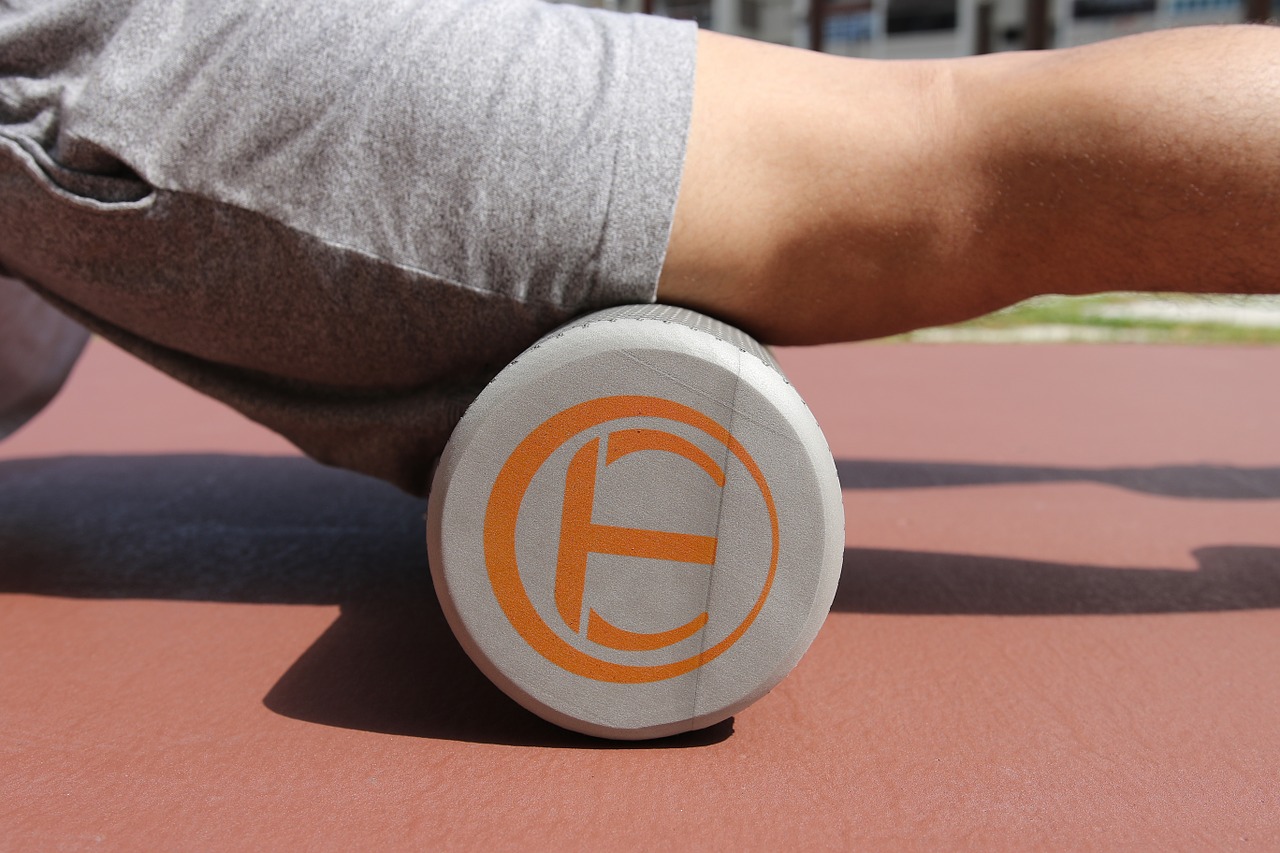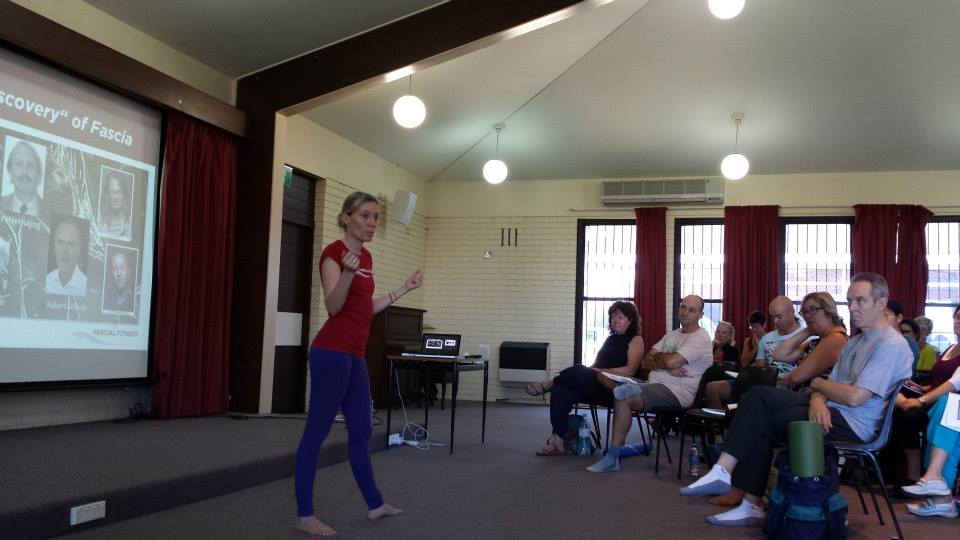Myofascial Tissue and Depression
There is a close relationship between motoric and emotional processes. For example, there are solid differences between slumped posture and upright posture for affective responses (e.g., power feeling and mood) and overt behavioral responses (e.g., risk-taking) across different contexts.
Studies have linked motoric system in Major depression disorder (MDD), depression is associated with a slumped posture, especially greater anterior head inclination and thoracic kyphosis and gait pattern alternations.
The myofascial system plays a fundamental role in the body’s mechanics, in body tension regulation and the etiology of pathological states like chronic pain. Moreover, it contains contractile elements and preliminary evidence suggests that its properties are linked to psychological factors.
A study investigated characteristics of the myofascial tissue in patients with Major Depressive Disorder (MDD).
In Study 1, stiffness and elasticity of the myofascial tissue of 40 inpatients suffering from MDD were measured with a tissue compliance meter and compared with 40 matched never-depressed participants.
The results showed that depressed patients displayed heightened stiffness and reduced elasticity of the myofascial tissues of the neck and upper back compared to non-depressed participants.
In Study 2, 69 MDD patients were randomly assigned to single-session self-myofascial release or placebo interventions. They measured the effect of self-myofascial release on negative memory bias. A biased memory is characterized by the tendency of depressed individuals to recall more negative than positive information.
Patients with self-myofascial release intervention recalled smaller negative words and showed a trend to recall more positive words than the placebo group. In addition, the myofascial release group had a more positive mood than those under placebo. It seems that changes in the myofascial tissue through self-myofascial release can causally affect critical pathopsychological processes involved in the maintenance of the depressive disorder.
The authors concluded that the myofascial tissue might be part of a dysfunctional body-mind dynamic that maintains depression. Myofascial tissue might be part of a depressive interlock configuration of bodily and psychological processes that ‘lock’ subsystems into a self-perpetuating configuration that maintains depression. Stiff and inflexible myofascial tissue seems to contribute to reduced positive affect and heightened accessibility of negative memories, which might increase the stress that could further increase stiffness and reduce the elasticity of the tissue.
Reference:


